Your location:Home >Automotive News >
Time:2022-06-30 13:16:48Source:
Gasgoo - Advances in sodium-ion battery performance could drive wider adoption of renewable energy in the grid and reduce the cost ofelectric vehicles.But one of the main obstacles to making viable sodium-ion batteries is finding stable anodes.Hard carbon is currently the commonly used anode for sodium-ion batteries, but this material has the disadvantage of interphase instability, that is, the decomposed electrolyte will accumulate on its surface, increasing the interphase resistance, resulting in a sharp drop in discharge capacity.
According to foreign media reports, a team of researchers in China tested N-phenylbis(trifluoromethanesulfonyl)imide (PTFSI) as a film-forming additive for hard carbons and found that the material enhanced interphase stability and After 100 cycles, the capacity retention of the Na-ion battery was improved by 52%.
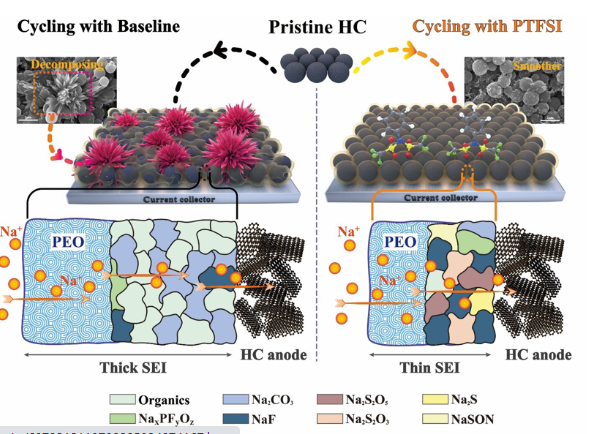
Image credit: Nano Research, Tsinghua University Press
"Na-ion batteries have only received renewed attention in recent years," said Xing Lidan, a professor at the School of Chemistry at South China Normal University and a co-author of the study. "Hard carbon is the most widely used anode material for sodium batteries, but its long-cycle stability is not yet sufficient for commercial and Industrial application requirements. And there is relatively little research on the matching of electrolytes with hard carbon anode materials.”
The study found that the addition of PTFSI to the hard carbon anode and after 500 cycles, the capacity retention of the tested hard carbon/sodium half cells increased from 0% to 68%.
To create higher-performance sodium-ion batteries, researchers have tried adding multifunctional nitrogen-doped hard carbons with enlarged interlayers, and in another case developing carbonized reconstituted lignin as a new hard carbon anode.To date, researchers have experimented with sodium-ion batteries using other carbonate-based electrolytes, such as fluoroethylene carbonate, succinic anhydride, rubidium, and cesium ions.But the performance improvement achieved by the above method is far from that of Xing Lidan and colleagues.
Xing Lidan said: "As a film-forming additive for anodes, the reduction activity of PTFSI is as important as the properties of its decomposition products. For example, in this work, the structure of PTSFI is similar to that of FSTI anions, and the structure and properties of the reduction products are also very Similar. However, PTFSI is a molecule with higher reducing activity than FSTI anion, PTFSI can improve the interphase stability of hard carbon, but FSTI cannot. Therefore, this study provides ideas for the design of hard carbon film-forming additives. "
The research team used a coin cell battery to evaluate the performance of the PTFSI-added sodium-ion system.The researchers fabricated hard carbon anodes using thin copper foils with a diameter of 12 mm, which were coated and dried, and then layered into half-cells with fiberglass separators and carbonate-based electrolytes.Batteries with and without the PTFSI film-forming additive were subjected to 500 charge-discharge cycles, demonstrating that a 1% increase in PTFSI significantly improved performance.
Xing Lidan said: "The research shows that PTFSI can significantly improve the long-cycle performance of hard carbon. Therefore, in the future, we will evaluate its performance in high-capacity batteries. If the results are similar, we believe that this additive may promote the commercial application of sodium-ion batteries. ."
Statement: the article only represents the views of the original author and does not represent the position of this website; If there is infringement or violation, you can directly feed back to this website, and we will modify or delete it.
Preferredproduct
Picture and textrecommendation

2022-06-30 13:16:48
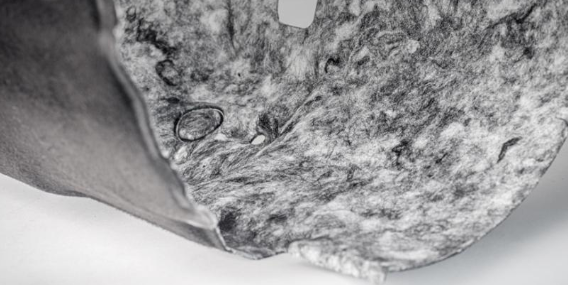
2022-06-30 13:16:24


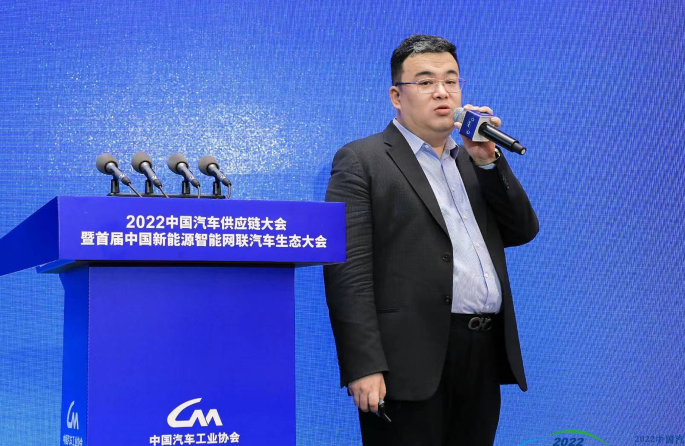
2022-06-30 13:14:35
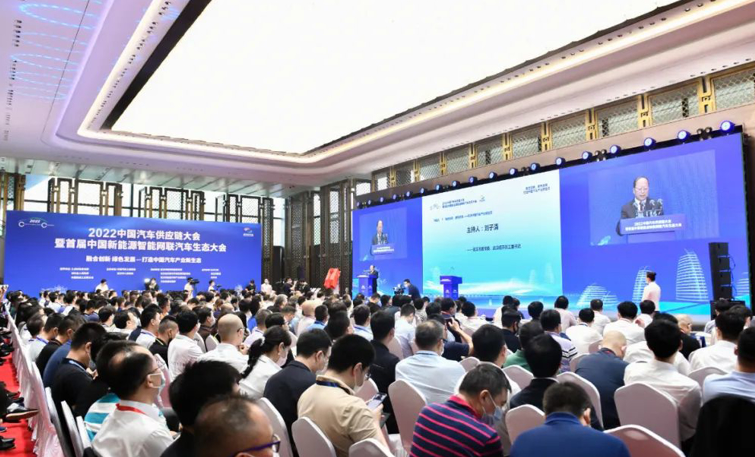
2022-06-30 13:13:55
Hot spotsranking
Wonderfularticles
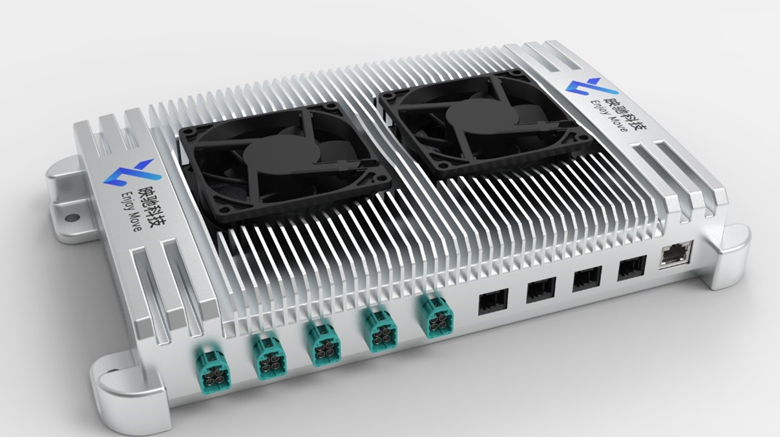

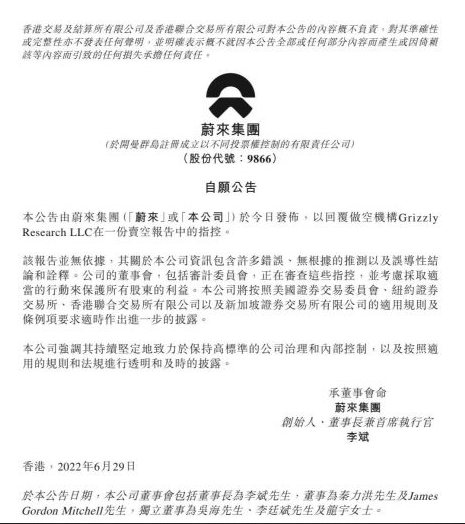
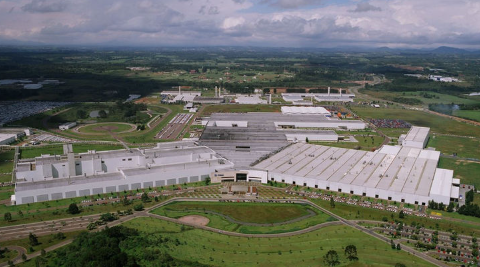
2022-06-30 13:11:02

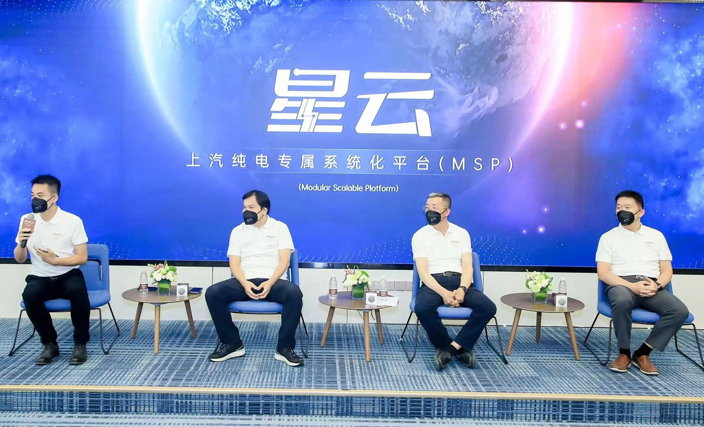
2022-06-30 13:10:00
Popularrecommendations
